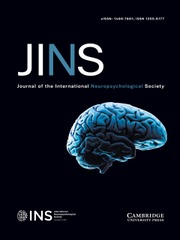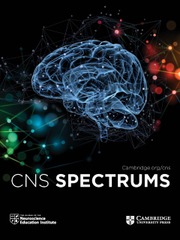Introduction to Functional Magnetic Resonance Imaging
Functional Magnetic Resonance Imaging (fMRI) has become a standard tool for mapping the working brain's activation patterns, both in health and in disease. It is an interdisciplinary field and crosses the borders of neuroscience, psychology, psychiatry, radiology, mathematics, physics and engineering. Developments in techniques, procedures and our understanding of this field are expanding rapidly. In this second edition of Introduction to Functional Magnetic Resonance Imaging, Richard Buxton – a leading authority on fMRI – provides an invaluable guide to how fMRI works, from introducing the basic ideas and principles to the underlying physics and physiology. He covers the relationship between fMRI and other imaging techniques and includes a guide to the statistical analysis of fMRI data. This book will be useful both to the experienced radiographer, and the clinician or researcher with no previous knowledge of the technology.
- All chapters have been revised to reflect new developments in the field
- Includes a new final chapter on interpreting the BOLD response
- Includes a detailed discussion of how MRI works, allowing the reader to develop a solid understanding of the physical ideas that underlie these methods
Reviews & endorsements
"This is an excellent introduction to a field that is revolutionizing the brain sciences. I highly recommend it to clinicians who would like to keep abreast of this paradigm-changing technology."
Doody's Review Service
"In this extensive book on the subject by Richard B. Buxton, a physicist by background and a leading authority on fMRI, you - the student, resident, or fellow in neuroimaging, or even the clinician, researcher or experienced neuroscientist - can study, understand a lot of neurological processes … The information in the chapters of this book is presented with a lot of visuals to facilitate your understanding of the various complex topics."
Biz India
Product details
November 2009Adobe eBook Reader
9780511601965
0 pages
0kg
54 b/w illus. 8 colour illus.
This ISBN is for an eBook version which is distributed on our behalf by a third party.
Table of Contents
- Part I. An Overview of Functional Magnetic Resonance Imaging
- Section 1. Introduction to the Physiological Basis of Functional Neuroimaging:
- 1. Neural activity and energy metabolism
- 2. Cerebral blood flow and brain activation
- Section 2. Introduction to Functional Magnetic Resonance Imaging:
- 3. Nuclear magnetic resonance
- 4. Magnetic resonance imaging
- 5. Imaging functional activity
- Part II. Principles of Magnetic Resonance Imaging
- Section 1. The Nature of the Magnetic Resonance Signal:
- 6. Basic physics of magnetism and NMR
- 7. Relaxation and contrast in MRI
- 8. Diffusion and the MR signal
- Section 2. Magnetic Resonance Imaging:
- 9. Mapping the MR signal
- 10. MRI techniques
- 11. Noise and artifacts in MR images
- Part III. Principles of Functional Magnetic Resonance Imaging
- Section 1. Perfusion Imaging:
- 12. Contrast agent techniques
- 13. Arterial spin labeling techniques
- Section 2. Blood Oxygenation Level Dependent Imaging:
- 14. The blood oxygenation level dependent effect
- 15. Design and analysis of BOLD experiments
- 16. Interpreting the BOLD response
- Appendix. The physics of NMR.








